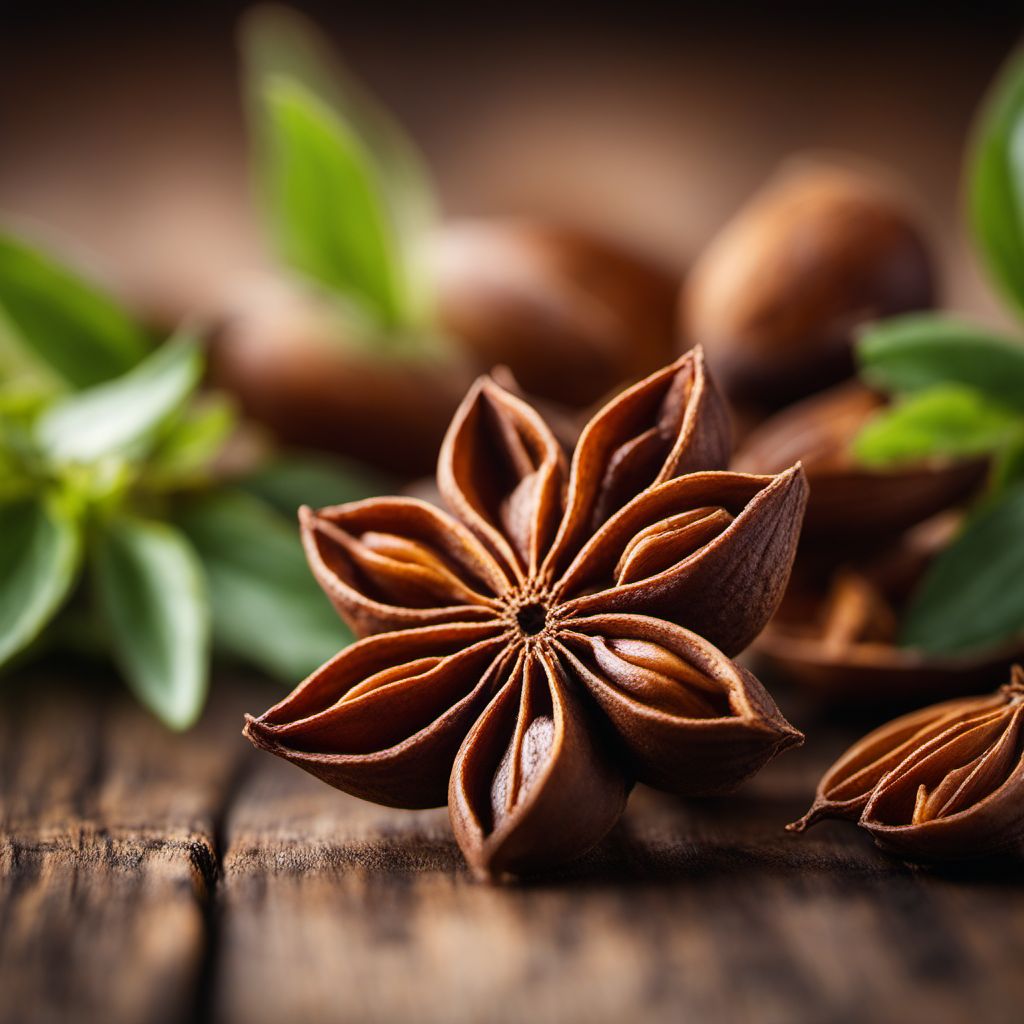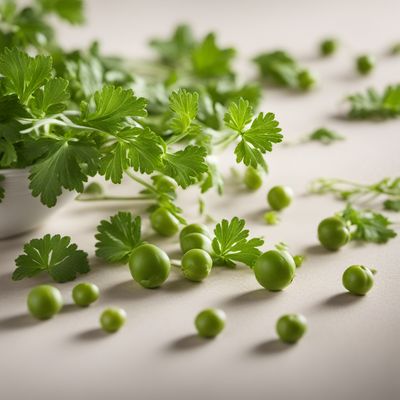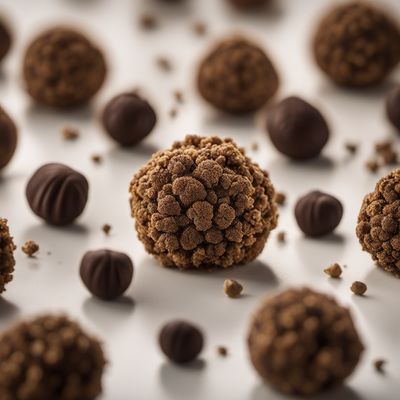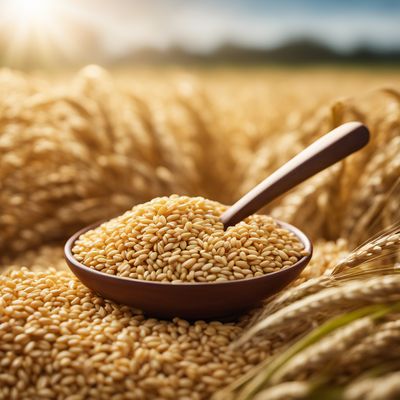
Ingredient
Anise flavour
Anise: The Licorice-Like Aromatic Herb
Anise is a herbaceous plant with delicate feathery leaves and small seeds. It has a strong licorice-like flavor and a sweet, aromatic scent. The leaves can be used fresh or dried, while the seeds are often ground into a powder or used whole. Anise adds a subtle sweetness and a refreshing note to dishes, making it a popular ingredient in desserts, beverages, and savory recipes.
Origins and history
Anise has been cultivated for centuries and has a rich history in various cultures. It is believed to have originated in the Mediterranean region and was highly valued by the ancient Egyptians, Greeks, and Romans. Anise has been used for its medicinal properties and as a flavoring agent in food and beverages. Today, it is widely used in Mediterranean, Middle Eastern, and Asian cuisines.
Nutritional information
Anise is low in calories and contains essential nutrients such as iron, calcium, and vitamin C. It is also known for its digestive properties and is often used to relieve bloating and indigestion.
Allergens
Anise may cause allergic reactions in some individuals, particularly those with a known allergy to plants in the Apiaceae family, such as celery, carrots, and parsley.
How to select
When selecting fresh anise leaves, look for vibrant green color and crisp texture. Avoid leaves that are wilted or discolored. For anise seeds, choose whole seeds that are plump and have a strong aroma. Avoid seeds that are dull or have a musty smell. It is best to purchase anise from reputable sources to ensure quality and freshness.
Storage recommendations
To maintain the freshness of anise leaves, store them in a plastic bag in the refrigerator. They can last for up to a week. Anise seeds should be stored in an airtight container in a cool, dark place. Properly stored, they can retain their flavor for up to a year.
How to produce
Anise can be easily grown in a home garden. It thrives in well-drained soil and requires full sun exposure. Sow the seeds directly in the garden or start them indoors and transplant them once the seedlings are established. Anise plants can reach a height of 2-3 feet and should be spaced about 12 inches apart.
Preparation tips
Anise leaves can be used as a garnish in salads, soups, and stews. They can also be infused in hot water to make a fragrant tea. Anise seeds are commonly used in baking, particularly in cookies, cakes, and bread. They can also be used to flavor liqueurs and spirits. Anise pairs well with citrus fruits, cinnamon, and ginger.
Substitutions
Anise can be substituted with fennel seeds or star anise, although they have slightly different flavors. Fennel seeds have a milder taste, while star anise has a stronger, more pungent flavor. Adjust the quantity according to taste.
Culinary uses
Anise is widely used in both sweet and savory dishes. It is commonly found in baked goods, such as biscotti and pizzelle. Anise is also used to flavor liqueurs, such as absinthe, ouzo, and sambuca. In savory dishes, it is often used in marinades, soups, and stews to add a subtle licorice note.
Availability
Anise is cultivated in various regions around the world, including the Mediterranean, Middle East, and Asia. It is commonly available in grocery stores, supermarkets, and specialty spice shops.
More ingredients from this category » Browse all

Blue cheese flavour
The Bold and Tangy Indulgence

Maple flavour
The Essence of Nature: Maple Flavour

Strawberry yoghurt flavour
The Delightful Tang of Strawberry Yoghurt

Crab flavour
The Essence of the Sea

Pepper flavour
The Fiery Essence: Exploring the World of Pepper Flavour

Fish flavour
"The Ocean's Symphony: Exploring the Delicate and Savory Fish Flavour"

Berries flavour
"Nature's Burst of Berry Bliss"

Pork flavour
Savory Sensation: Unleashing the Essence of Pork

Coriander flavour
The Versatile Herb: Coriander Flavor

Truffle flavour
The Essence of Earthly Delight

Hibyscus flavour
"The Vibrant Essence: Exploring the Delightful Hibiscus Flavor"

Barley flavour
The Versatile Grain: Barley